— from Tina Whitman, Friends of the San Juans —
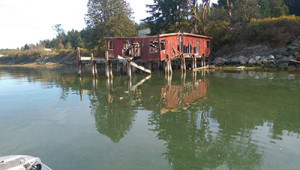 Removal of toxic creosote structures from the waters of the county will start January 13 and the barge-based work is expected to take about ten days. Numerous unnecessary or derelict creosote pilings, docks and boathouses will be removed, through a partnership effort of the Washington Department of Natural Resources (DNR) and Friends of the San Juans with funding provided by the Washington State Salmon Recovery Funding Board. Multiple removal sites are located in Fisherman Bay on Lopez, with additional removal sites on Shaw and Henry Islands.
Removal of toxic creosote structures from the waters of the county will start January 13 and the barge-based work is expected to take about ten days. Numerous unnecessary or derelict creosote pilings, docks and boathouses will be removed, through a partnership effort of the Washington Department of Natural Resources (DNR) and Friends of the San Juans with funding provided by the Washington State Salmon Recovery Funding Board. Multiple removal sites are located in Fisherman Bay on Lopez, with additional removal sites on Shaw and Henry Islands.
“Along with the water quality impacts of the treated wood, many of the outdated structures being removed are also currently shading the marine environment, limiting the growth of submerged aquatic vegetation such as eelgrass that provides important habitat for a wide range of species, including juvenile fish” notes Tina Whitman, FRIENDS’ Science Director.
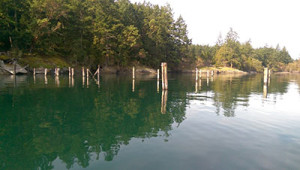 Creosote-treated wood was commonly used in marine structures throughout the Salish Sea for more than a century during a period of rapid development and industrial expansion. Like other chemical compounds that were innovations in their time, creosote was broadly used without knowledge of its long-term consequences. It is now known that creosote contains more than 50 carcinogens and is toxic to marine fish and other wildlife.
Creosote-treated wood was commonly used in marine structures throughout the Salish Sea for more than a century during a period of rapid development and industrial expansion. Like other chemical compounds that were innovations in their time, creosote was broadly used without knowledge of its long-term consequences. It is now known that creosote contains more than 50 carcinogens and is toxic to marine fish and other wildlife.
“The Washington State DNR has been partnering with local groups, governments, and private property owners to remove treated wood located on public and private property throughout the Salish Sea since 2004. We look forward to completing this current project with FRIENDS of the San Juans and San Juan County citizens to restore and protect beaches and tidelands from the continuing negative effects of creosote treated wood in the marine environment,” said Christopher Robertson, North Sound DNR Restoration Manager.
In addition to the in-water removals happening right now, DNR Aquatics Restoration team and the Washington Conservation Corps have manually removed 350,000 pounds of creosote and other debris from beaches throughout the San Juans in the San Juans in 2014 and 2015 and work will continue in 2016. To report locations of beached creosote logs for future removal, please contact Friends of the San Juans at 360-378-2319.
**If you are reading theOrcasonian for free, thank your fellow islanders. If you would like to support theOrcasonian CLICK HERE to set your modestly-priced, voluntary subscription. Otherwise, no worries; we’re happy to share with you.**
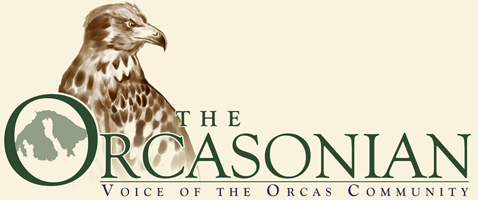
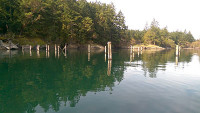

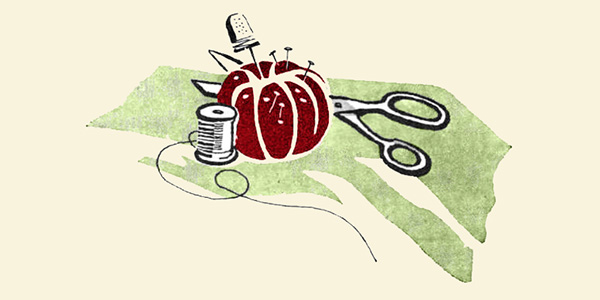

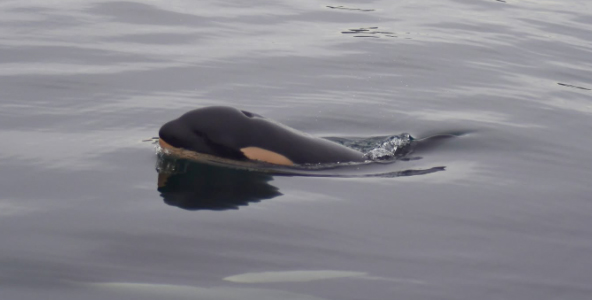

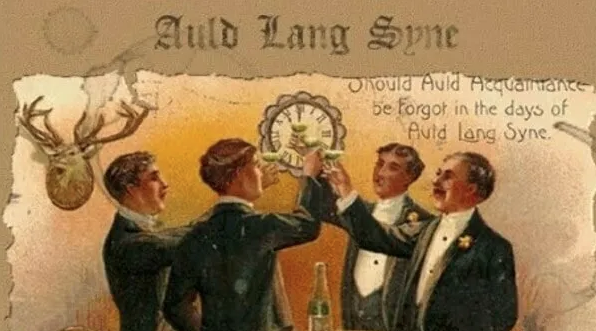
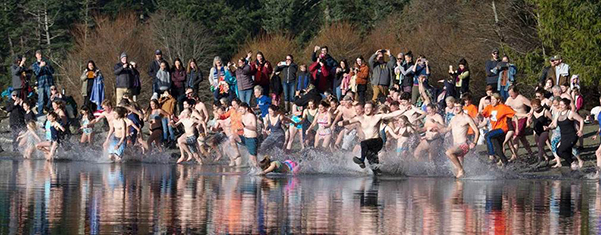
I’ve only looked over the topic quickly, but it is part of the state’s grant-funding narrative that creosote is harmful. The studies are mixed.
https://www.sfei.org/sites/default/files/ReportNo605_Creosote_Dec2010_finalJan13.pdf
https://www.dec.ny.gov/docs/wildlife_pdf/woodline.pdf
Many reports indicate that creosote pilings are actually valuable habitat for aquatic species and there seems to be agreement that dislodging creosote pilings presents the risk that the elements thought harmful will be more widely dispersed in greater concentrations for some period after the removal.
This would be a fun project for a high school student at the science fair.
Thanks for the question about the impacts of creosote. There are numerous peer reviewed published research papers showing the negative impacts of creosote treated wood on marine life in our region, including the ongoing leaching of toxins over the life of the structure. For more details- here are some links to specific documents:
https://wdfw.wa.gov/publications/00053/
https://www.co.pierce.wa.us/DocumentCenter/View/31953
https://www.co.pierce.wa.us/DocumentCenter/View/31953
https://www.westcoast.fisheries.noaa.gov/publications/habitat/treated_wood_guidelines_final_2010.pdf